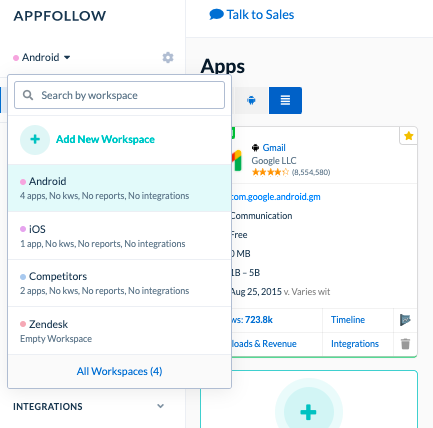

The color of the element is still set to your favorite color. The color property is now set to your favorite color. Open ~/Desktop/app/styles.css in a text editor again. The green dot next to styles.css:1 in the Styles pane means that any change you make is mapped to ~/Desktop/app/styles.css. In this example, the color is set to green. In the Styles pane, find the h1 CSS rule and change the color to your favorite.Notice how the color property of h1 elements is set to fuchsia.īack in DevTools, click the Elements tab.Ĭhange the value of the color property of the element to your favorite color. Open ~/Desktop/app/styles.css in a text editor. These green dots mean that DevTools has established a mapping between the network resources of the page, and the files in ~/Desktop/app. In the Filesystem tab, there is now a green dot next to index.html, script.js, and styles.css. In the prompt at the top, click Allow to give DevTools permission to read and write to the directory. Select the ~/Desktop/app folder you downloaded and unpacked in the previous step. Navigate to the Sources > Filesystem tab and click Add folder to workspace. Open DevTools on the locally-hosted demo page. You should be able to access it via a URL like localhost:8000. Open a tab in Google Chrome and go to locally-hosted version of the site. # On Windows, try "python -m rver" or "py -3 -m rver"


#WORKSPACES APP CODE#
Below is some sample code for starting up SimpleHTTPServer, but you can use whatever server you prefer. Start a local web server in ~/Desktop/app. For the rest of this tutorial this directory will be referred to as ~/Desktop/app. Unzip the source code and move the unzipped app directory to your desktop.
#WORKSPACES APP DOWNLOAD#
Under Tools, select Import / Export > Download Project. In the bottom-left of the editor, click the button labelled Tools.

# Step 1: SetupĬomplete this tutorial to get hands-on experience with Workspaces. Use local overrides when you want to experiment with changes to a page, and you need to see those changes across page loads, but you don't care about mapping your changes to the page's source code. Local overrides is another DevTools feature that is similar to Workspaces. If you run into issues while using Workspaces with your framework of choice, or you get it working after some custom configuration, please start a thread in the mailing list or ask a question on Stack Overflow to share your knowledge with the rest of the DevTools community. Workspaces is known to not work with these frameworks: Devtools simply can't support all the variations. But there's a lot of variation between frameworks over how they use source maps. Workspaces is usually able to map the optimized code back to your original source code with the help of source maps. If you're using a modern framework, it probably transforms your source code from a format that's easy for you to maintain into a format that's optimized to run as quickly as possible. With Workspaces enabled, the CSS changes that you make within DevTools are saved to the source code on your desktop. You've got localhost:8080 open in Google Chrome, and you're using DevTools to change the site's CSS.You're running a local web server from the source code directory, so that the site is accessible at localhost:8080.You have the source code for your site on your desktop.Workspaces enable you to save a change that you make in Devtools to a local copy of the same file on your computer. Use DevTools to make basic changes to CSS.Use HTML, CSS, and JavaScript to build a web page.Prerequisites: Before beginning this tutorial, you should know how to:


 0 kommentar(er)
0 kommentar(er)
